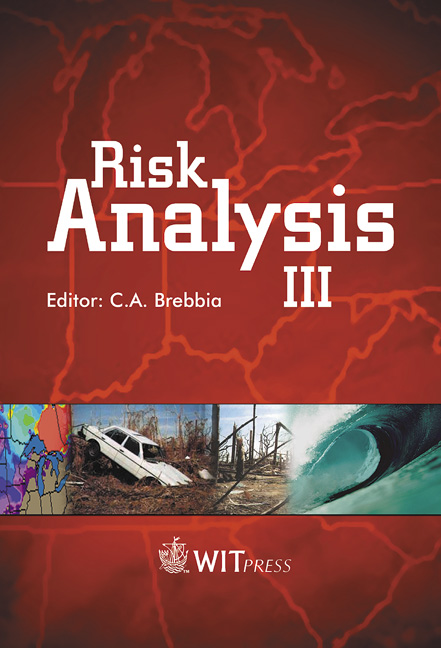Sensitivity Analysis Methods For Identifying Influential Parameters In A Problem With A Large Number Of Random Variables
Price
Free (open access)
Transaction
Volume
31
Pages
Published
2002
Size
653 kb
Paper DOI
10.2495/RISK020361
Copyright
WIT Press
Author(s)
S. Mohanty & R. Codell
Abstract
Sensitivity analysis methods for identifying influential parameters in a problem with a large number of random variables S. Mohanty1& R. Codell2 1 Center for Nuclear Waste Regulatory Analyses, SwRI, Texas, USA 2 U.S. Nuclear Regulatory Commission, Washington D.C., USA Abstract This paper compares the ranking of the ten most influential variables among a possible 330 variables for a model describing the performance of a repository for radioactive waste, using a variety of statistical and non-statistical sensitivity analysis methods. Results from the methods demonstrate substantial dissimilarities in the ranks of the most important variables. However, using a composite scoring system, several important variables appear to have been captured successfully. 1 Introduction Computer models increasingly are being used to simulate the behavior of complex systems, many of which are based on input variables with large uncertainties. Sensitivity analysis can be used to investigate the model response to these uncertain input variables. Such studies are particularly useful to identify the most influential variables affecting model output and to determine the variation in model output that can be explained by these variables. A sensitive variable is one that produces a relatively large change in model response for a unit change in its value. The goal of the sensitivity analyses presented in this paper is to find the variables to which model response shows the most sensitivity. There are a large variety of sensitivity analysis methods, each with its own strengths and weaknesses, and no method clearly stands out as the best. In this paper, we have picked ten different methods and have applied these methods to a high-level waste repository model, which is characterized by a large number (up to 330) of
Keywords





